Everything is easy with hindsight. With today’s newspaper we can all tell CEO’s and politicians what they should have done previously to be in the best possible position to deal with today’s issues. But what good is our advice if we aren’t in possession of the newspapers that will be printed in years to come. Today we still don’t know what the future brings, and possibly worse, today’s media and investment analysis is full of experts telling us where the world goes next, despite few, if any, of them predicting we would be where we are today. Perhaps, most importantly, even if you could know the price of everything three years from now, without knowing the path markets travel to get there, you still have very little of value to successfully run a capital intensive business exposed to volatile markets.
Sitting around a board table trying to make significant investment decisions that have to stand up over 3-5 year time horizons and impact thousands of employees; thousands more contractors and suppliers from local communities; and, shareholders who entrust them with their retirement savings, the most dangerous directors at the table are the ones who believe they understand where those things outside their control (i.e. commodity prices, currencies etc.) are headed. The next most dangerous group, and they are more plentiful, are the ones that say the future cannot be known so the best course of action is to do no hedging – even though hedges might lock in solid operating margins for some proportion of output. Within both those groups you will also hear the much muttered mantra “shareholders buy our shares for exposure to the price of the commodity we produce, so by hedging we are not serving their interests”.
Today it seems obvious to many that gold mining companies who locked in some proportion of sales of their future production at prices lower than here have squandered profits that would otherwise be made in the future. But while we don’t know what the future holds, and I cannot remember it being more uncertain, we do know those producers with sensible levels of hedging at prices well above their cost of production are robust in all future price scenarios. The same cannot be said of those producers who do not hedge. In volatile times today’s rooster is often tomorrow’s feather duster.
Before you eschew investment in well run gold mining companies (or any other commodity producers) that choose to serve all stakeholders, by accepting they cannot know what lies ahead and so create a platform of certainty through hedging look at the oil patch.
Oil producers share the same broad business risks as gold miners, with the same primary risk – the price of the commodity they produce is outside their control, unless they hedge. At exactly the same points in time gold producers were locking in the hedges they currently hold, to underwrite their capacity to deliver on their business plans and ensure they could repay debt, most in the oil patch were choosing not to hedge, at prices 3 to 4 times higher than available today. Debt in the oil sector is plentiful, as is the need for high levels of sustaining capital. The oil price has shown again only recently how volatile it can be. In coming months those companies that don’t fail will likely see current shareholders be diluted unmercifully through deeply discounted raisings, as lenders to the sector seek repayment that can no longer be met from operating margins. To say investors in that sector have not been well served is an understatement. Sure, few predicted the oil price might collapse as it did, but that’s the point. Good boards choose protection over prediction.
In the months after the 1987 crash, the gold price rallied to 710 AUD/oz, double what it had been just three years before when I had started as a trainee bullion dealer. Older heads around me pointed to the charts and the incredible highs we had seen in 1980 and said “strap in young man, gold is going to the moon!” It was hard to find anyone that did not believe gold “must” go higher. Every producer with hedging lower than the market price was a pariah, every producer without it a genius. Fourteen months later AUD gold had fallen back to 430 AUD/oz. Those without hedging failed, floundered or were taken over by those with hedging. And, of course, the papers were full of stories about why hedging made sense.
Sean Russo wrote this article for The Pick – Issue 16 – April 2020
